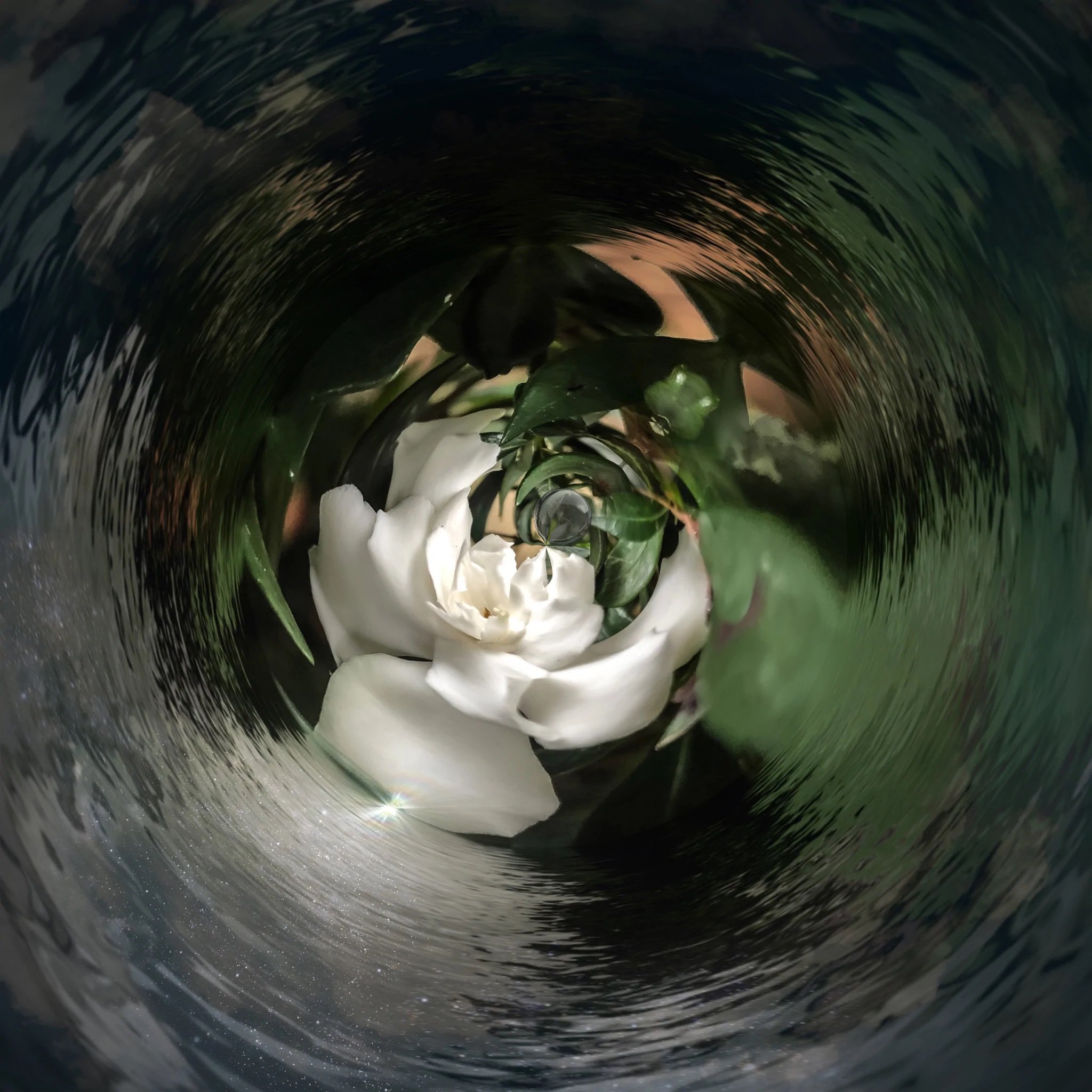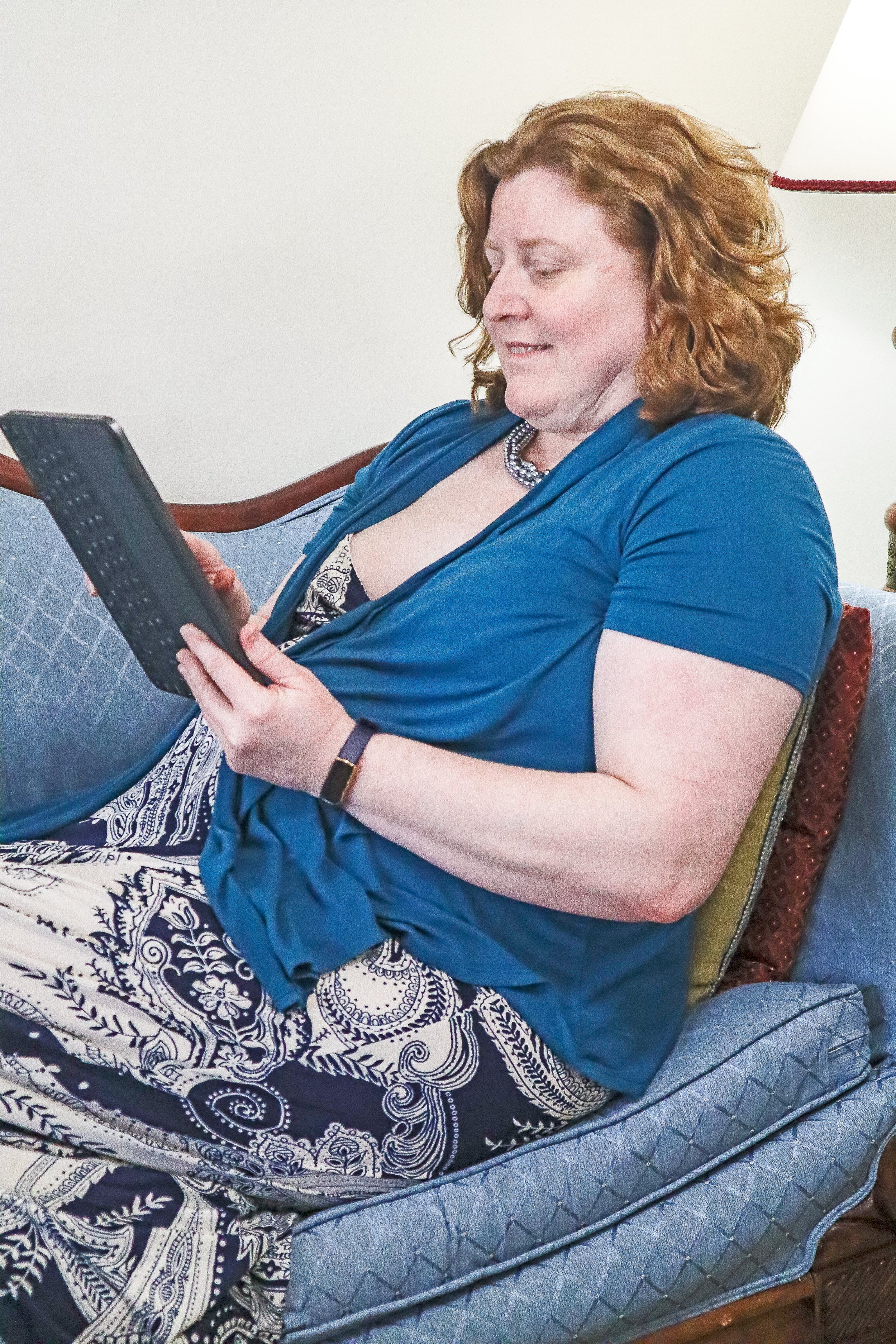Interview with Y. Hope Osborn

“.I am attracted to rich, bold colors. Hence, as I digitally experiment with manipulating photographs into abstract art, what initiates my art is finding a rich mix of colors to use or add.
My childhood homes were plain brown walls, floors, and furniture. However, I grew up discovering ways to bring color into my life, whether to paint my window frames sky blue or craft with faux pink roses.
”
Tell us about how you decided to become an artist
I wonder whether anyone ever “decides” to become an artist. I think you don’t even realize you are one for decades. I didn’t. It wasn’t until I was in my mid-30s taking a class towards a bachelor’s degree with just the right course to finally figure out what I “wanted to be when I grew up” was a nonfiction writer. That doesn’t mean there weren’t plenty of signs of my being a writer all my life.
It is the same with art. I have been a photographer, crafter, decorator, sketch artist, and museum-lover. It wasn’t until 2019 or my 40s that the space in my life opened for the growing desire to create to go full throttle. Sometimes, full throttle is an old Ford pickup backfire, and sometimes, full throttle is … well … I have yet to see if I am the stuff sports cars are made of.
What influences you the most when you are in the process of creating new artwork?
I am attracted to rich, bold colors. Hence, as I digitally experiment with manipulating photographs into abstract art, what initiates my art is finding a rich mix of colors to use or add.
My childhood homes were plain brown walls, floors, and furniture. However, I grew up discovering ways to bring color into my life, whether to paint my window frames sky blue or craft with faux pink roses.
The only time I strayed from this was as a teenager, sketching chromatic pictures such as stamps and prints into the shades of greys using #2 pencils. In that case, it was the challenge of trying to portray color through the variety created by light erasure, touch, and the pencil’s sharpness.
Sometimes, I have a mental picture of a combination of colors that I artificially pair, such as the sheen of blood red and glowing orange and yellow of Shangri-la and Wonka from photographing parts of a shiny insulated cup alongside a hand-blown drinking glass. Sometimes, I discover it by manipulating several photographs to uncover the magical colors of the world around me, such as flowers, décor, organized items, acrylic, and watercolor painting attempts, and the natural world.
Why do you consider digital art relevant to today’s context?
Digital art is relevant today because it is an art that is within reach of more people than ever. We have great phone cameras and graphic-rich tablets and software applications from expensive to free with which to create art, art teachers online with which to learn about art, and NFTs in which we can own and frame art in a greater variety of ways. Digital art has become as flexible, beautiful, and meaningful as sculpting and painting still are. I don’t think digital art replaces the art we have long been accustomed to. It expands the palette of being creative and extends that creativity across web design, social media posts, and so much more. After all, art started as cave drawings, and we still find meaning in those cave drawings. Digital art is another step in the ever-expanding exploration of art.
Which artists are you most inspired and influenced by?
This is always challenging because I don’t know if I realize any artist or artwork to be my inspiration. I think it is more the collectiveness of art and artists, the beauty of the world around me. I constantly see pieces, and first, I think, “oh, how wonderful” then, when the thought settles, I wonder how I might apply that to my art.
Undeniably the art I love the most is Chihuly's blown art glass. I’ve seen three of his exhibitions and own huge books full of this type of art.
From my perspective, this art is characterized by portraying beautiful places much more magical through bright colors, glowing light, and, oh so wonderful, graceful curves. I would love to make the world a little more magical.
How does your art create meaning or deliver your message?
My work is intuitive, so I usually find my meaning after work or even after an entire series is created. I am always trying out new apps and approaches in software, so I stumble upon something interesting. Then, the ideas started to flow of how I could combine this twist of a photograph into the twist of running it through another application to do a fusion the creators of the tools probably never imagined for it.
Later, as I used my gift for words, the works like the Kaleidoscope Captures realized their meaning. I was playing with kaleidoscopes. As a child of two abusive parents, I was too stifled with silence and weighed down with care to ever really know how to play. My art is about freedom, the one I didn’t have then, an ongoing process of learning even half a lifetime away from that abuse. I am gradually setting myself free in years of counseling that validate and encourage me to be through and create writing and art.
There are those like me who didn’t grow up or into education in art and are afraid to voice their ideas and feelings about works of art for fear of “getting it wrong.” While I sometimes doubt myself as an artist, I am confident that anybody can voice whatever they feel or see in any artwork. There are always two sides to an artwork—the perspective of the creator and the perspective of the perceiver. Neither person should ever feel stifled.
However, in the back of my soul, I carry the hurt I feel for others who have been or are traumatized. These survivors, like me, may not have talked to anyone up until talking with me about this vast burden on life because we tend to bury it and part of who we are. Each of my artworks and statements invites anyone to find any medium through which they may find freedom. All that was based on is made beautiful by freeing myself through words, photographs, and art.
Right now, those suffering the traumas I can imagine are Ukrainians, and I don’t have the funds and health I would love to give. I can repeat their own words of the national anthem alongside my images in the blue for sky and stream and yellow for fields of wheat and sunflowers of their flag to respect the freedom they fight for.
Do you have a dream project? What might that be?
Well, first, I want to bring about world peace …
Seriously though, occasionally, I see opportunities to be a part of a university exhibition project, and sometimes, I apply. I am a timid speaker, but I would love the chance of an in-person panel/ live exhibition to show people how they can create out of unexpected places.
Like, as using something as simple as a free app on a smartphone to create fantastic art worthy of that exhibit. It would be even better to have a more extensive display of digital artists from various media. I want people to know that art is within their reach to have fun, create meaning, and see digital art holding its own in exhibits. I want people to enjoy creating art as much as most enjoy playing games with those same smartphones.
Moreover, to compliment my big dream picture, a smaller momentary dream is finding an application or having the capability in graphics to create more textured pieces. Right now, I have not seen the right fit for the step-by-step creative process that I would like to engage with, yet I was having fun with the illusion of 3D of that series.
Finally, let’s face it: an artist isn’t often partnered with starving for nothing, so I’d love some business to come my way, not only because I need to pay bills. It is also pleasing for people to find my work enjoyable and a warm exchange between kindred spirits.







